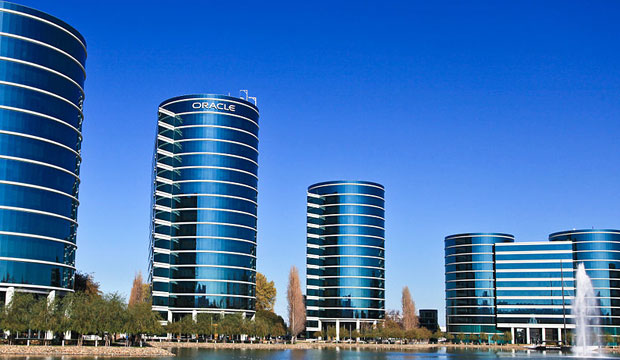Event planners must pay attention to a whole host of components when planning events where attendees will spend valuable time and money. However, one crucial aspect that planners sometimes gloss over or overlook entirely is ensuring that events champion diversity and inclusion. Adding a woman, person of color, and/or LBGTQ individual to your speaker panel is important, but not enough. The following tips can help make your events more appealing, diverse, and inclusive.
1. Choose diverse speakers.
Long gone should be the days when event speakers are primarily white, male, heterosexual, and non-disabled. Companies that make this mistake might end up on blogs, news, and social media sites such as Tumblr’s “All Male Panels” account. Avoiding “manels” (all-male panels, especially all-white ones) is an important way to add diversity. However, as noted earlier, simply adding a female, LGBTQ or BIPOC (Black, Indigenous, and People Of Color) speaker can come across as insincere unless they and their expertise are centered and the event as a whole “walks the walk” of diversity and inclusion.
If you want to prioritize a diverse group of speakers and don’t know where to begin, send out a call on Twitter or LinkedIn asking for speaker recommendations and review members of trade associations relevant to your event’s industry. You can also review the history of speakers and inclusion efforts at events such as SaaStr, which openly commits to inclusivity. And don’t forget to prioritize diversity among your emcees, moderators, entertainers, and announcers as well as panelists and speakers.
2. Work with minority- and women-owned vendors.
Events typically involve hiring multiple vendors, including caterers, florists, signage companies, audiovisual production teams, experiential marketing agencies, entertainment, service personnel, and transportation. If you’re required to use your event venue’s in-house staff during your event, look for opportunities to hire minority and women-owned vendors for other needs. A helpful place to find minority- and women-owned businesses is the Chamber of Commerce in your event city. You can also search the Small Business Administration’s Federally Certified Women and Minority-Owned Business Directory, filtering your results by industry or state. LinkedIn is another place to connect with women and minority business leaders.
3. Prioritize accessibility.
Fortunately, the American Disabilities Act requires public facilities to include accessible restrooms, ramps, elevators, and other features that make attendance easier for those with disabilities. While it might seem tempting to host an event in a privately owned or historical venue, you must ensure these basic needs are met. Forcing an attendee or speaker in a wheelchair to use a service elevator because it’s the only accessible one, for example, won’t feel very inclusive. Aspects you might not consider, like narrow doorways, uneven pavement, curbs, loose gravel walkways, background music, flashing lights, and low lighting can impede people with disabilities. In addition, attendees with disabilities may need other services or accommodations such as transportation, more spacing between chairs and tables, accessible event website and registration process, closed captioning, assistive listening devices, braille-printed materials, allowance of service animals, and/or sign language interpreters.
Provide opportunities for attendees to share their accessibility needs ahead of time and make sure there will be personnel on-site trained to assist people with disabilities. Finally, educate your team and anyone interacting with attendees with disabilities so they use appropriate terminology. For example, it’s no longer considered polite to refer to someone as “handicapped.” Instead, use “a person with a disability.” The National Disability Authority offers a helpful list of appropriate terminology.
4. Get diverse with your food offerings.
Instead of serving typical “event food” such as continental breakfasts, sandwiches/wraps, and standard buffet items, consider offering ethnic foods. Caribbean, African, Latin American, and Asian foods are loaded with savory flavors. Food trucks are all the rage these days, so hiring a lineup of diverse food trucks (often owned and run by BIPOC individuals) is an effortless way to offer attendees a variety of hip, authentic foods while also fulfilling tip no. 2. Check out Roaming Hunger or your local city site to book food trucks.
Make vegans and vegetarians feel more welcome by serving more than garden salads or steamed vegetable dishes. Some attendees will have dietary needs that might include low-sodium, gluten-free, lactose-intolerant, and free of common allergens (nuts, peanuts, dairy, eggs, wheat, soy, and shellfish), so be sure to provide suitable options, and wherever possible, include ingredient lists. Last, be mindful of religious food restrictions, particularly during holidays, which may prevent attendees from eating certain meats and non-kosher or non-halal foods. On that note, choose an event date that doesn’t conflict with religious or cultural holidays. Do an online search for religious holidays to learn the dates of unfamiliar ones.
A few final tips
Attentive details can go a long way toward making people feel welcome and comfortable at an event. Here are some examples:
• One simple way to avoid discomfort over mispronounced names or misunderstood gender identity is to ask attendees to provide their pronouns and phonetic spellings of their names; then you can include these on nametags and online event profiles.
• If the venue does not have gender-neutral restrooms, create some by changing the signs on existing bathrooms and blocking off urinals.
• If you expect non-English speakers, make sure your event includes bilingual signage, materials, and presentations.
• Another thoughtful gesture to welcome neurodiversity is to provide cozy, quiet spaces where people feeling overwhelmed can relax and take a break.
• During your event-planning phase, ask people with disabilities or who are vulnerable to feeling marginalized what you can do to make the event more enjoyable.
• Finally, follow up with a post-event survey to learn how you can improve next time.
Don’t pursue the objective of an event that embraces diversity and inclusion simply to avoid negative publicity or attract more attendees — diverse and inclusive events often deliver more meaningful and beneficial experiences and outcomes. But more importantly, everyone attending an event, whether it’s a tradeshow, festival, convention, or expo, deserves to feel welcome.










